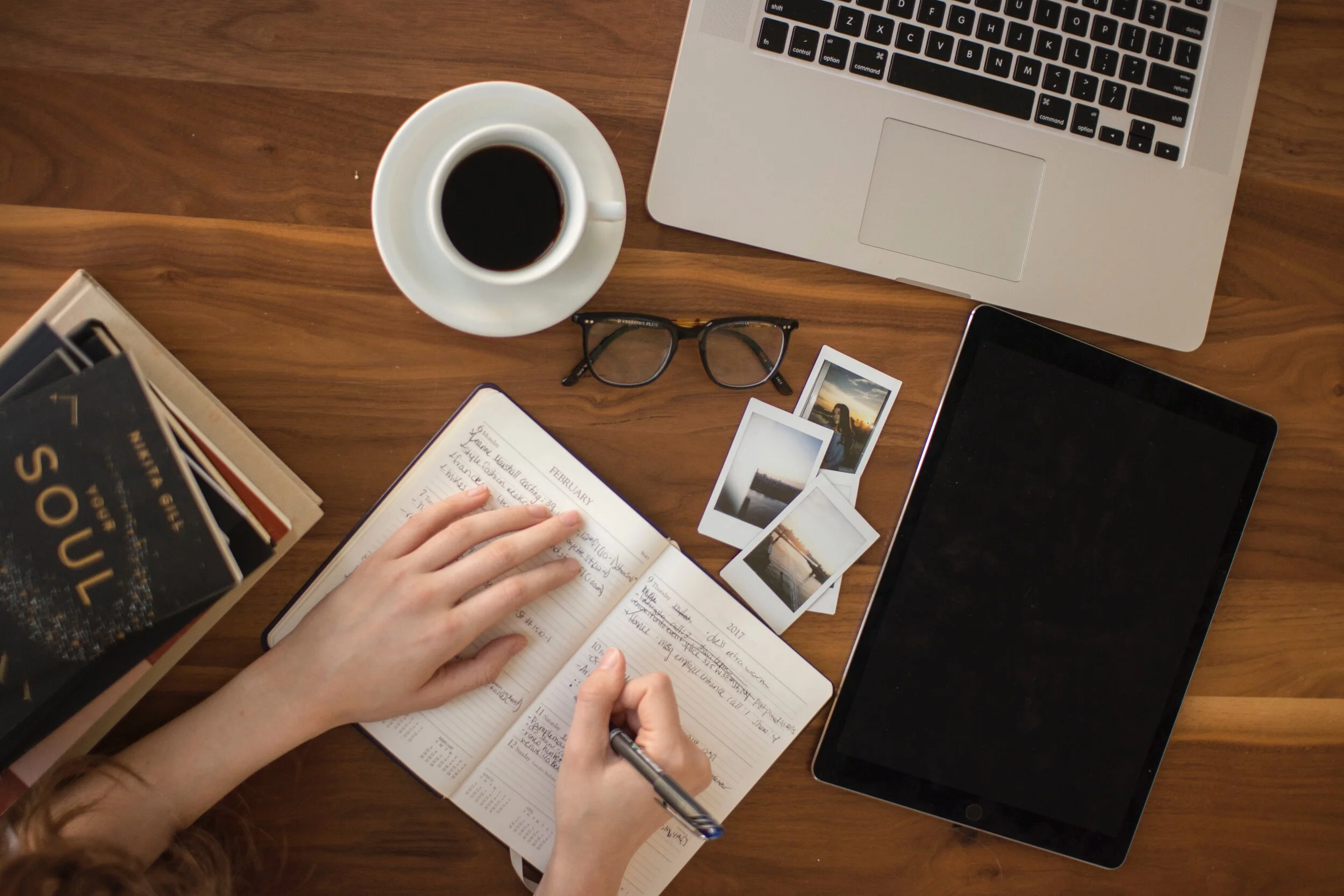It feels like every five seconds something is vying for my attention. Even if I have "nothing to do" I can still break out my phone and find hours worth of content to read, fights to join on the internet, and influencer examples of how my life "should" look.
The result of all this is, even though I'm mostly self-quarantined, it still feels like I have no time for mindfulness.
Today I want to explore a little about why that is, and how to practice mindfulness in easy ways.
The opposite of mindful is mindless.
Think of the mindless things you do every day.
For me, it's grabbing food from a drive-through window and eating it in the car, scrolling through Instagram and Facebook posts at a mile a minute, and diving deep into Youtube or Netflix holes and just watching content for hours.
How do I know they're mindless?
Because I do them without thinking.
I very seldom sit down and think "I want to go on Facebook and connect with my friends right now". Instead, I just look up from my phone at some point and realize that I've been scrolling for about 20 minutes and I don't even remember opening the app.
Sometimes I'll fix myself a plate of food and the next thing I know I've been on my couch for three hours watching a new Netflix show. Sometimes, if I don't even really like the show, I will continue to sit there watching it AND open my phone and scroll through Facebook or Instagram.
These activities start like reactions, like habits, and not intentionally.
Partly, this is because these apps are specifically designed to be habit-forming. They make more money the more we use them. So they're designed to be addictive.
But mindless behavior also happens as a result of me not wanting to deal with unpleasant emotions, like boredom, loneliness, or stress. Not in a helpful way that helps me actually deal with these emotions, of course, but in an anesthetic way that can take me out of my own mind for a while.
When I'm in any way uncomfortable, I seek distractions. And distractions are the opposite of mindfulness.
Finding mindfulness.
Step 1. Minimize distractions.
Put your phone away somewhere. Don't keep it with you. You are much less likely to find yourself mindlessly scrolling or mindlessly playing a game or diving into a research rabbit hole if your phone is even a short walk away in another room. You can also uninstall problematic apps, like Instagram or Youtube, from your phone if you find yourself using them without intending to. You can always reinstall them later once you've found new strategies to help manage your stress and emotions.
Step 2. Practice Mindfulness
Mindfulness is hard, especially when you're not used to it. It can feel boring or uncomfortable to be in the present moment because we're used to being constantly distracted by entertainment or our own thoughts.
Start small and practice often, just like any new skill you're learning. Don't shoot for a 20-minute meditation session right off the bat.
Instead, try doing a few tasks mindfully.
Turn off your podcasts, your music, your audiobooks, and go for a walk with just the ambient noise around you.
Wash your dishes mindfully, or play with your dogs mindfully.
Choose one or two things and decide that, for the duration of that activity, you will choose to stay present and not add any extra stimulation.
Step 3. Find Mindful Friends
It's more enjoyable to stay present when people you enjoy are there with you. While I don't recommend trying to push your significant other, friends, or family into a mindfulness practice (better to lead by example and avoid any fights!) I do recommend putting yourself in situations where you can be mindfully present with others. Maybe this is a book club or yoga class, where everyone is present in the moment and has their phones away. It might be a church group or a hiking club. Even virtual gatherings can be mindful if you manage them right.
Do you have your own go-to strategies for staying mindful when the world seems to be pulling you off track? I’d love to hear about them.
And, as always, if you need a little extra support getting your mindfulness practice going, click here to set up a free 30-minute intro call with me today!



